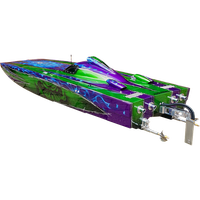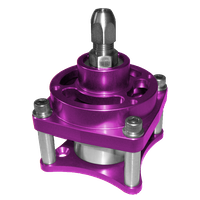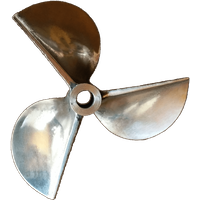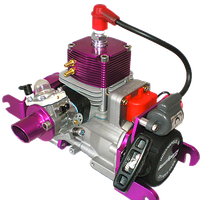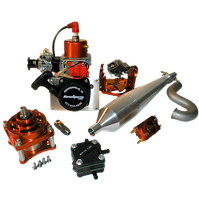 |
|
Bonzi Engine Break-in Procedure
WARNING: DO NOT RUN YOUR ZENOAH ENGINE WITHOUT A PROPER LOAD!
“Bench” Break in with or without a load is not recommended. Breaking your engine in on the water as you will be running it after the break in period is complete is the preferred procedure.
Proper engine break-in is required to achieve top performance and to avoid engine damage: (high ethanol fuels are NOT recommended)
- Use Bonzi Break-in Oil for the first gallon of gas through the engine (5 oz. oil to 1 gallon of 87 to 89 octane gasoline (R+M)/2*). Stop using the break-in oil mixture after 1 gallon and switch to AMSOIL Saber Pro or a comparable 100% synthetic oil (20:1 or 25:1 = 5 or 6 ounces of oil to 1 gallon of low octane gas 87or 89 (R+M)/2*). This break-in procedure may take longer before the engine is “seated”.
- Do not run the engine at full throttle during break-in. Vary running speed. Do not stay at one speed for extended periods of time.
- Do not idle or run the engine without water cooling for more than 1 minute.
- Do not over-rev the engine. Over-revving will cause serious damage to your engine. If the boat “catches air” and the prop has no load or resistance, immediately let up on the throttle. Damage caused by over-revving the engine is not covered under warranty.
- After your engine is fully “seated” and broken-in properly make carburetor adjustments to achieve top performance.
*(R+M)/2 is the AKI (Anti Knock Index) used in the United States of America and Canada. For operation outside the US and Canada refer to your country’s standard rating system and use the equivalent. Ex. Most European countries will be 4 to 5 points higher for the same octane fuel

Bonzi Break-In Oil
BZBIO
$9.95
We STRONGLY RECOMMEND for your new Zenoah engine!
AMSOIL Saber Professional
100:1 Synthetic 2-Cycle Oil
This oil has excellent lubricity and cleanliness properties to control friction and prevent wear, plug fouling, ring sticking and exhaust port blocking.
We recommend a 20:1 – 25:1 fuel/oil ratio/mixture.
(5 – 6 ounces per gallon)
Information on octane measurement methods – Click here (.pdf format)





